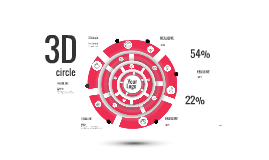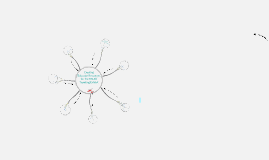Circle of branches - template
Transcript: What we can expect to be doing . . . here and after we head home HERE: Share and learn basic concepts regarding how lesson plans are designed and used by teachers Share and learn some basic steps to creating lesson plans Begin defining some of the themes and questions we will address Discover skills and talents withing the group Form groups to continue our work here and at home? HERE & AT HOME Collect thoughts, needs, and ideas from people working on other components of the CGLCK Traveling Exhibit that may be addressed in the educational materials Begin drafting unit/lesson plans AT HOME: We will work collaboratively, across time and space, to define possible questions and answers to address in the curricular materials, and design lesson components. Educator: Anyone who takes the time and makes the effort to help another gain increased understanding, awareness, or skills. Student: Anyone in the process of discovery. Us: Tour guides for the above. Bloom's Taxonomy a guide in developing unit and lesson plans Bloom’s Taxonomy is a classification of objectives and skills (learning objectives). Proposed in 1956 by Benjamin Bloom, an educational psychologist at the University of Chicago, It has been updated to include the following six levels of learning. These 6 levels can be used to structure the learning objectives, lessons and assessments of your course. Fall 2016 Onamia, MN Some organizing tools . . . Creating Educator Resources for the CGLCK Traveling Exhibit Some working definitions: Convening Great Lakes Culture Keepers What we have so far . . . The Beginning Cindi McILrath

















